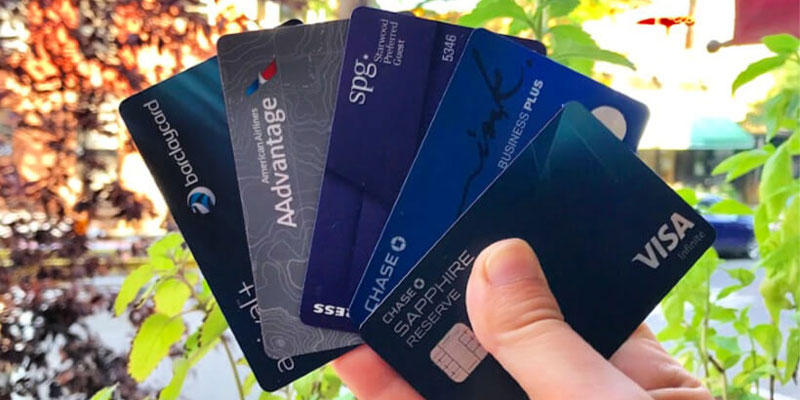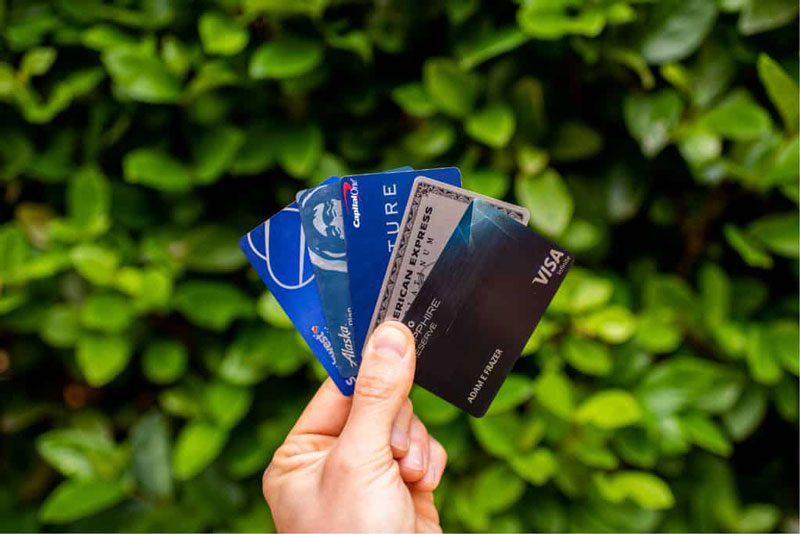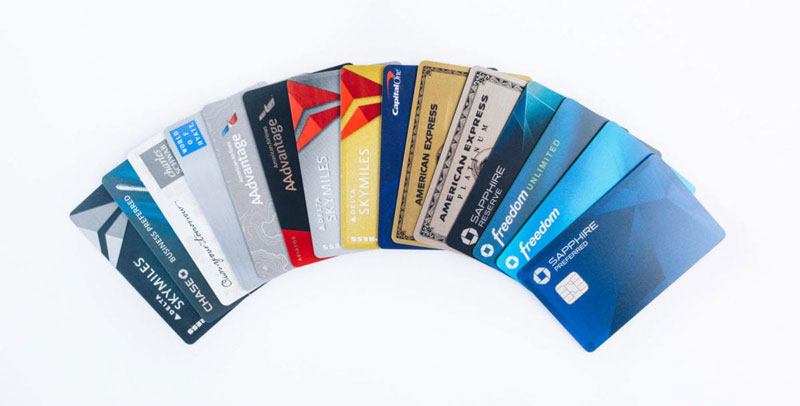
The majority or maybe all of the items listed on this website are provided by our business partners, who reimburse us. This might impact the things we choose to write about, as well as where and how they are displayed on a page. Despite this, it does not affect how we evaluate the situation. Our opinions are entirely our own. The following is a list of our partners and an explanation of how we generate money.
Decide Between Co-Branded or General
The first significant choice you'll need to make when considering travel cards is whether you want a co-branded card or a standard travel credit card. You may earn rewards with general travel cards, and you can use those rewards to pay for any travel-related expenditure you incur. You can use your points to book travel directly or redeem your points for a credit to your account. Using a co-branded credit card is a sensible approach to have more of your expenditures covered, especially if you travel often using a single airline or stay with a single hotel group. You will have far more options if you use a generic travel card in such a case.
Aim For A Lot of Incentives and a Bonus for Signing Up
An excellent credit card for travel should reward you with 1.5 percent to 2 percent of your total expenditure. The rewards rates on cards with more considerable annual fees have the potential to be much more generous. Check out the sign-up incentives, as well. This is a windfall of points that you may get by placing a particular amount in purchases on the card in the first few months that you have it — for example, spending $2,000 worth of money within the first 90 days of starting the account. A substantial sign-up bonus may earn you a free vacation around the world. In principle, the sign-up incentive ought to be proportionately bigger the higher the paid yearly price.

Travel Credit Card
What to look for in a travel credit card Consider, when comparing different cards, how you can rack up points and how you can cash in on those awards. Some credit cards provide more rewards for money spent on travel while offering a lower base rate (often 1 percent) on all other purchases. Other cards have a flat cost that applies to all purchases. Look for rewards of at least 2 percent on a card that charges an annual fee, and look for tips of at least 1.5 percent on a card that doesn't charge a fee.
Get the Travel Benefits and Security Measures You Need
When you travel, some benefits and safeguards with credit cards might be pretty helpful. For instance, some credit card issuers and networks cover rental cars, insurance for lost baggage and other items, travel delays and accidents, concierge services, and emergency support. Numerous premium travel credit cards, particularly co-branded with an airline and a hotel, come with enticing added benefits for cardholders. These benefits might include free checked baggage, priority boarding, discounts, upgrades, and various travel credits.
What characteristics should a traveling card have? Determine which benefits and safeguards are essential for you, then check that the card you end up selecting offers these options. You may want to consider purchasing lost luggage insurance, for example, if you often check bags that contain costly things. If you hire automobiles regularly, you should look for a credit card that provides enough coverage for rental cars. Check out some of the best credit cards for travel protection to get all of these safeguards and more.
Consider Getting a Co-Brand
People who seek rewards and regularly fly on a particular airline can consider getting a co-branded travel card with the airline. However, you should be aware that, in general, co-branded cards earn fewer rewards on transactions that are not related to travel than conventional travel credit cards do. Therefore, if you travel with your preferred airline carrier on a semi-regular basis, you should use only one co-branded credit card.
Consider Traveling Across International Borders

Certain credit cards are not as readily recognized worldwide as in the United States. The payment network, not the card issuer, decides whether a transaction is accepted. Credit cards issued by Visa and Mastercard may be used almost everywhere. The success rate is much lower when it comes to American Express and Discover. What to look for in a travel card If you plan to travel internationally shortly, you will want to make sure that you carry at least one card with you that is accepted in various locations. Take a Visa or Mastercard, even if your primary form of payment is an American Express card.



